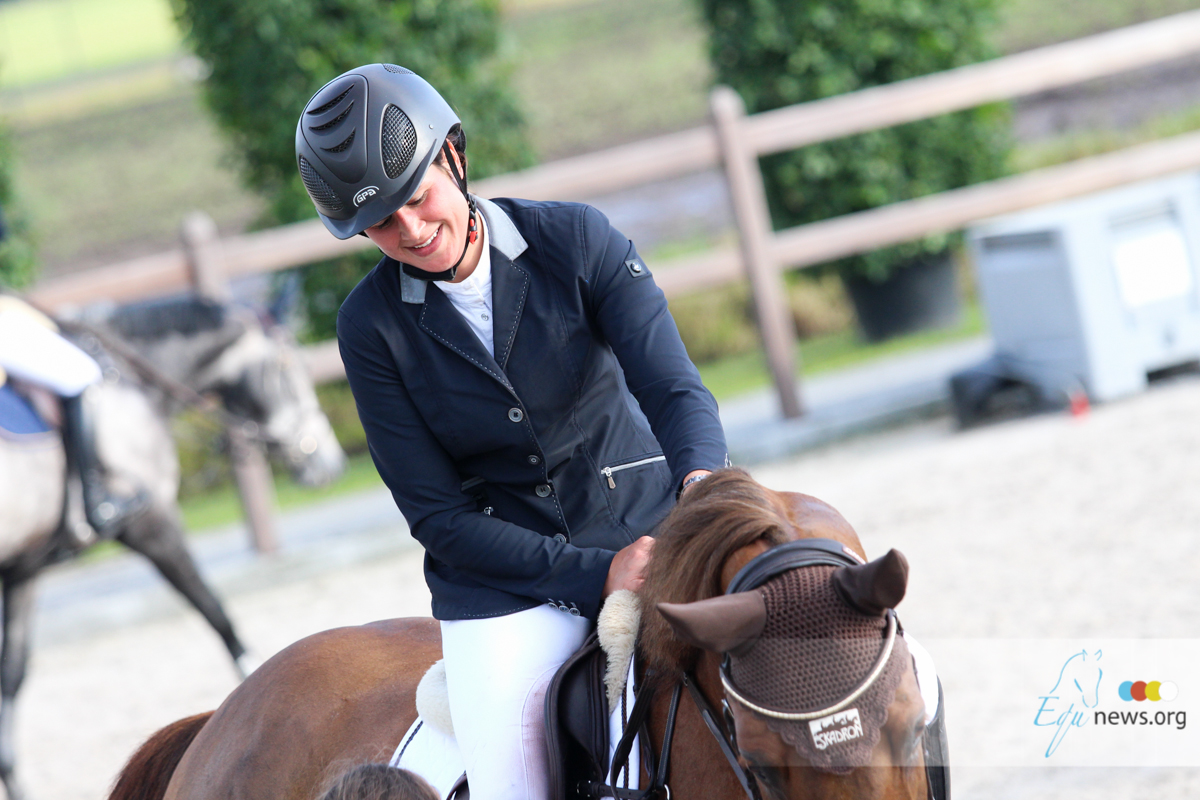It is always an open question what kind of bedding you will use in the stal. German prof. dr. Engel Hensel has now made a research and tested all the different beddings for the stal. Not only the softness, dust-level was inspected, also the ability to absorb fluids. What bedding is the best depends on different facets. One thing is sure... never sweep, add bedding or muck out when your horse is still in its stal. Wheat straw contains the lower dust and ammoniac levels. This means it is a very clean type of bedding and absorbs very well. A big difference with shavings. "If you keep your horse in a small stal it will, eventually, stand in its own feaces. A big contrast with the natural environment of the horse. It is important to realize in this case, the ammoniac is the first chemical that will mingle with the air in the stall and stable. This is problematic as it irritates the mucosa. As the respiratory system of a horse is extremely sensitive it is very important to keep harmful gases (such as ammoniac) away from the horse." states the professor. Also the climate in the stable building has an impact on the health of the horse. The temperature, ventilation and humidity are as much important as the amount of ammoniac, dust and micro-organisms in the stall. Dust can transport bacteria, viruses and fungi. That is why it is important to keep the bedding and food as much as possible dust free. If you decide to clean out the stalls make sure there is enough ventilation in the building. This will reduce the amount of dust in the stall. But also the way you muck out your stall can make a difference, states the professor. 3 different ways were examined. The first is the routine of adding a daily amount bedding of 1kg/sqm. The second is a complete cleaning with 3.5 kg/sqm new bedding on a daily base. The third an last possibility is the cleaning of the feaces and urine spots. After we add about 1kg/sqm bedding on a daily base. Al 3 methods have been examined on the amount of dust and ammoniac that came free. When cleaning the stall completely on a daily base, the highest rates of ammoniac and dust were noticed. The best possibility was the first method. Just adding the bedding for about two weeks. Striking is that the ammoniac levels stayed the same in those two weeks. Also the amount of dust particles in the air was highly reduced. Other things to take in account is that some beddings can cause infections, parasites or insects in the stall.
What is the best bedding for your horses' stall
-
categories: Lifestyle



